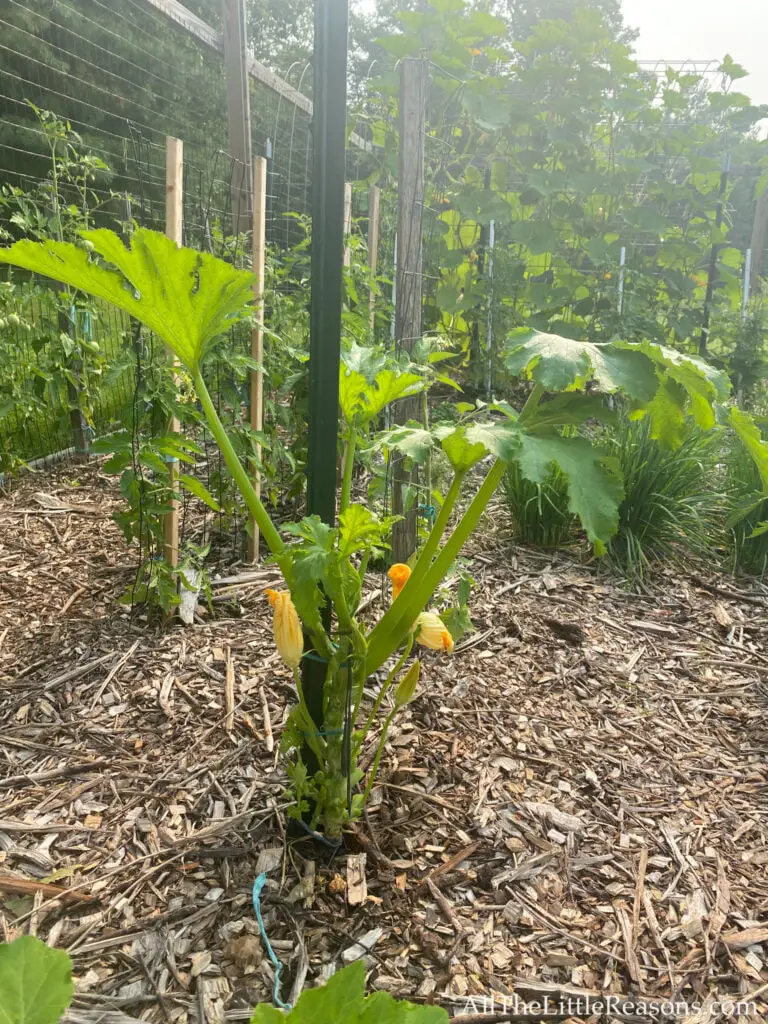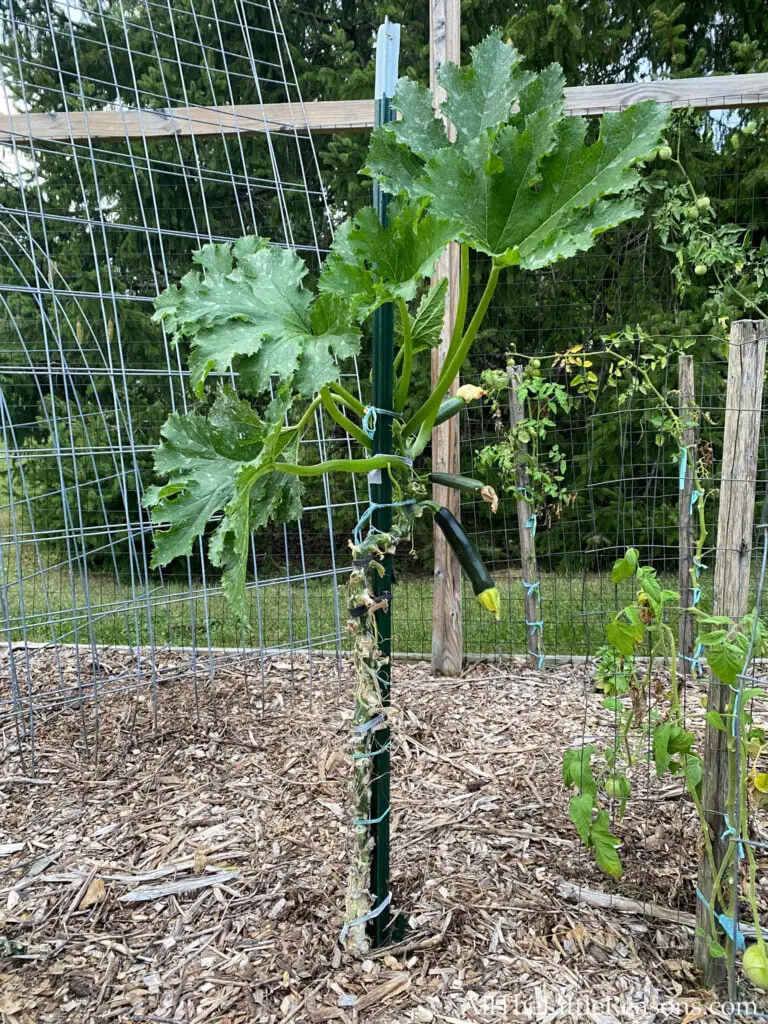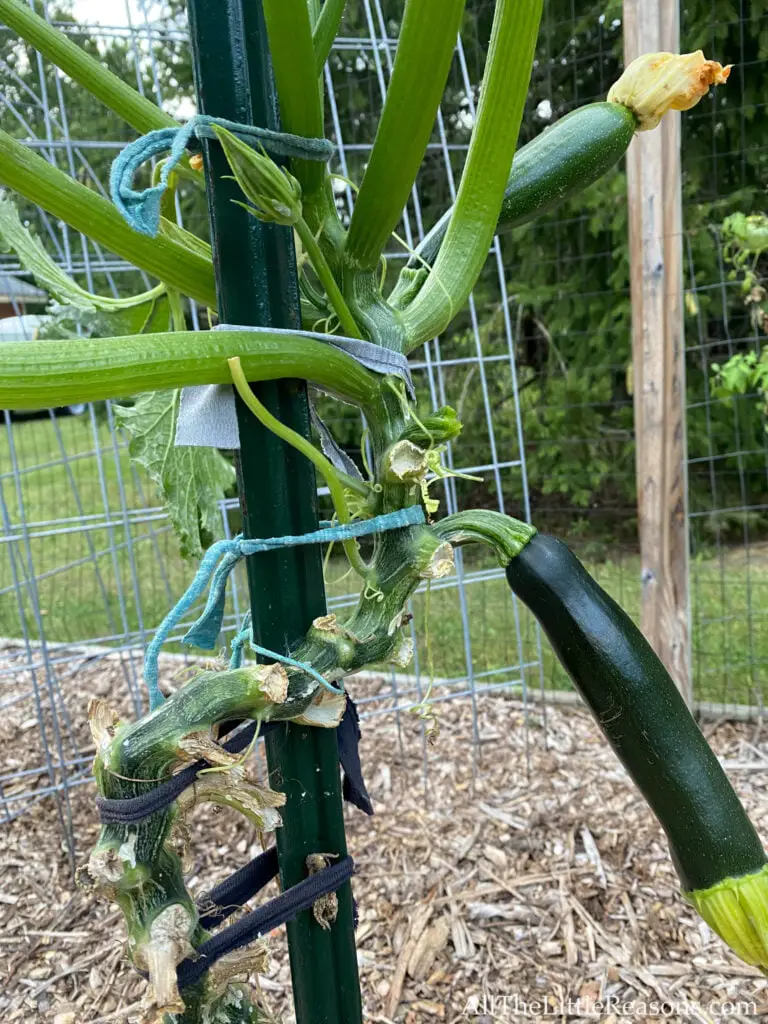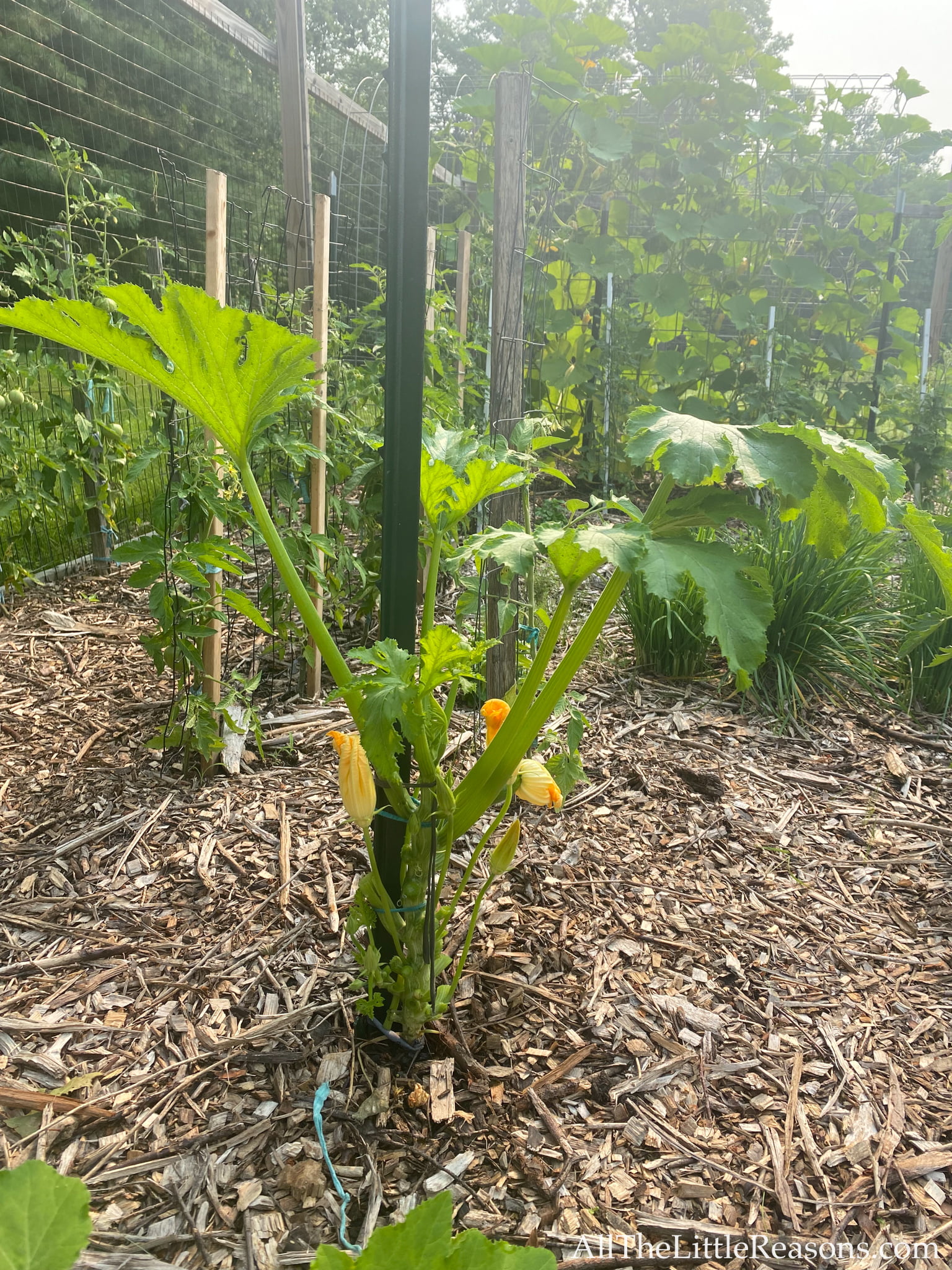In the pursuit of maximizing garden space and promoting healthier plants, many gardeners have found success in training their zucchini to climb. This practice not only saves valuable ground space but also allows for better air circulation and sunlight exposure, resulting in more vigorous growth and higher yields. To successfully train your zucchini to climb, it is important to follow a few key steps, from providing the right support structure to gently coaxing the vines upwards. By implementing these techniques, you can transform your zucchini patch into a vertical oasis of productivity and aesthetics. So How Do I Train My Zucchini To Climb?
Selecting the Right Variety of Zucchini
When it comes to selecting the right variety of zucchini for your garden, there are a few key factors to consider. First and foremost, you should choose a variety that is well-suited to your growing region. Different varieties of zucchini have different climate requirements, so it is important to choose one that will thrive in your specific conditions.
Another important consideration is the size and shape of the zucchini fruit. Some varieties are known for producing small, tender fruit, while others yield larger, more robust zucchinis. Think about how you plan to use your zucchini and choose a variety that aligns with your culinary preferences.
Lastly, it is beneficial to select disease-resistant varieties whenever possible. Zucchini plants can be susceptible to various pests and diseases, so choosing a variety that has been bred for resistance can help ensure a successful harvest.
Providing Proper Support Structures
While zucchini plants are typically grown as bushy, sprawling plants, it is possible to train them to climb. Providing support structures for your zucchini plants not only helps maximize your garden space, but it can also improve air circulation and reduce the risk of diseases.
There are several options when it comes to providing support for your zucchini plants. One common method is to use a sturdy trellis or fence. When using a trellis, make sure it is strong enough to support the weight of the vines and fruit. You may need to tie the vines to the trellis using soft garden twine to encourage them to climb.
Another option is to use a series of stakes or cages to support the plants. This method works well for smaller zucchini varieties that may not require as much vertical space. Simply place the stakes or cages around the plants and use twine to secure the vines as they grow.
Regardless of the type of support structure you choose, it is important to monitor your zucchini plants regularly and adjust the supports as needed. As the plants grow, they may require additional ties or adjustments to continue climbing.

Preparing the Planting Site
Before planting your zucchini seeds or seedlings, it is essential to properly prepare the planting site. Zucchini plants thrive in well-draining soil that is rich in organic matter. Begin by clearing the area of any debris or weeds and then loosen the soil with a garden fork or tiller.
If your soil is heavy clay or lacks organic matter, consider amending it with compost or well-rotted manure. This will help improve drainage and nutrient content. Additionally, it is a good practice to perform a soil test to determine if any specific nutrients are lacking. Based on the results, you can then apply the appropriate amendments to optimize soil fertility.
It is also important to choose a planting location that receives full sun. Zucchini plants require a minimum of six to eight hours of direct sunlight per day to thrive. Select a site with good air circulation to minimize the risk of diseases.
After preparing the soil, create mounds or raised beds to improve drainage and prevent waterlogged roots. This is particularly important in regions with heavy or clay-like soil.
Starting Seeds Indoors
If you want to get a head start on your zucchini growing season, starting seeds indoors is a great option. Begin by filling seed trays or small pots with a good-quality seed-starting mix. Moisten the mix and then sow the zucchini seeds according to the packet instructions.
Place the trays or pots in a warm location, ideally around 70 to 75 degrees Fahrenheit (21 to 24 degrees Celsius). You can use a seedling heat mat to maintain the optimal temperature if necessary. Keep the soil moist but not waterlogged, and provide bright, indirect light or grow lights to promote healthy growth.
Once the seedlings have developed a few sets of true leaves and all danger of frost has passed, they can be hardened off and transplanted into the garden.

Direct Sowing in the Garden
Direct sowing zucchini seeds in the garden is another option for starting your plants. This method is particularly suitable for regions with a long growing season and favorable weather conditions.
To begin, prepare the soil as previously described. This includes clearing the area, loosening the soil, and amending it if necessary. Create rows or mounds in the planting area, spacing them according to the instructions on the seed packet. Make sure to provide adequate space between the rows or mounds to allow for proper air circulation and growth.
Plant the zucchini seeds at the recommended depth, typically around one inch (2.5 centimeters) deep. Cover the seeds with soil, gently firming it down to ensure good seed-to-soil contact. Water thoroughly but gently to avoid displacing the seeds.
Keep the soil evenly moist until the zucchini seeds germinate, which usually takes about seven to ten days. Once the seedlings emerge, thin them to the desired spacing, typically leaving the strongest plants.
Transplanting Seedlings
Whether you started your zucchini seeds indoors or purchased seedlings from a nursery, transplanting them into the garden requires careful attention. Before transplanting, make sure all danger of frost has passed, as zucchini plants are sensitive to cold temperatures.
Prepare the planting holes by digging them slightly deeper and wider than the containers holding the seedlings. Space the holes according to the recommended spacing for your chosen zucchini variety. Gently remove the seedlings from their containers, being careful not to damage the fragile roots.
Place the seedlings in the prepared holes, making sure the soil level around the stem is the same as it was in the containers. Firmly press down the soil around the roots and water thoroughly to settle the plants. To minimize transplant shock, provide shading or cloches for a few days until the seedlings adjust to their new environment.

Watering and Feeding
Watering zucchini plants consistently and adequately is crucial for their growth and productivity. Zucchini plants have high water needs, particularly during hot and dry periods. It is important to provide a deep watering to ensure the moisture reaches the deeper roots of the plant.
To prevent overwatering or waterlogged soil, it is recommended to water your zucchini plants deeply but less frequently. This encourages the roots to grow deeper and helps the plant become more resilient to drought conditions. Avoid overhead watering to minimize the risk of fungal diseases and only water the soil around the base of the plants.
Feeding your zucchini plants with a balanced fertilizer can help promote healthy growth and maximize fruit production. Apply a slow-release granular fertilizer or organic compost around the base of the plants at regular intervals throughout the growing season. Follow the instructions on the fertilizer package for accurate dosage and application frequency.
Training Zucchini Vines to Climb
Training zucchini vines to climb can be a practical and aesthetic way to grow these plants. By allowing the vines to climb, you can save valuable garden space and create an attractive vertical display.
To train zucchini vines to climb, start by gently tying the main stems to the support structure using soft garden twine. As the vines grow, continue to tie them to the structure at regular intervals, encouraging them to grow upward. This will not only support the plants but also increase air circulation and reduce the risk of disease.
Be mindful not to tie the vines too tightly or restrict their growth. Zucchini plants are vigorous climbers and can easily outgrow their supports if not monitored. Regularly check the ties and adjust them as needed to accommodate the expanding vines.

Monitoring and Managing Pests
Like any garden plant, zucchini can be susceptible to pests and diseases. Regular monitoring is essential to identify any issues early and take appropriate action.
Common pests that may affect zucchini plants include aphids, squash bugs, cucumber beetles, and vine borers. These pests can cause damage by feeding on the leaves, stems, and fruit of the plant. Implementing integrated pest management (IPM) practices can help reduce the impact of these pests.
IPM techniques include regularly inspecting the plants for signs of pests or damage, manually removing pests when possible, and using organic insecticides or pest-control measures if necessary. Companion planting is another strategy to consider, as certain plants, such as marigolds or nasturtiums, can repel pests from zucchini.
Additionally, practicing good garden hygiene, such as removing debris and fallen leaves, can help prevent the buildup of pests and diseases.
Conclusion
Successfully growing zucchini involves careful consideration of factors such as variety selection, providing proper support structures, preparing the planting site, starting seeds indoors or direct sowing in the garden, transplanting seedlings, watering and feeding, training vines to climb, monitoring and managing pests. By following these steps and implementing appropriate techniques, you can cultivate healthy, productive zucchini plants in your garden. Remember to be attentive to the needs of your plants, monitor them regularly, and take proactive measures to address any issues that may arise. With dedication and proper care, you can enjoy a bountiful harvest of delicious zucchinis.



